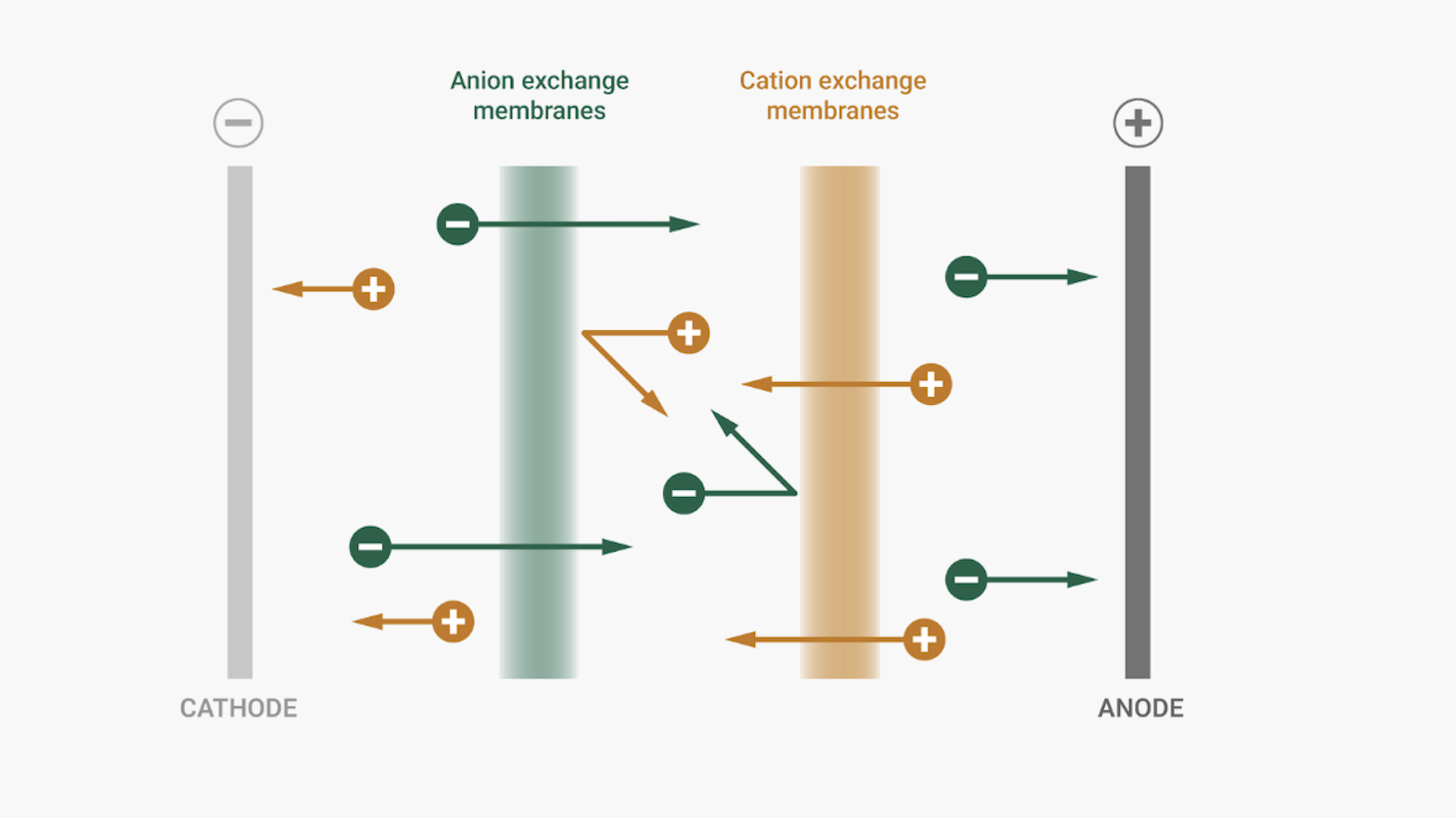
The Essence of Green Hydrogen
Green hydrogen is produced through a process called electrolysis, where water (H2O) is split into hydrogen (H2) and oxygen (O2), using electricity. What makes it 'green' is the source of this electricity – renewable energy, such as wind, solar, or hydropower. Unlike conventional hydrogen production methods that rely on fossil fuels, green hydrogen is a zero-emission energy carrier. This is a game-changer for reducing greenhouse gas emissions and mitigating climate change.
Electrolyzers: The Catalysts of Change
At the core of green hydrogen production are electrolyzers. These devices are engineered to facilitate the electrolysis process efficiently and sustainably. Electrolyzers come in various types, including alkaline, polymer electrolyte membrane (PEM), and solid oxide, each with its unique advantages and applications.
- Alkaline Electrolyzers: These have a long history and are cost-effective, making them suitable for large-scale industrial applications. They are robust and can operate at high temperatures, but they require pure water.
- PEM Electrolyzers: PEM electrolyzers are versatile and adaptable. They operate at lower temperatures and are more compact, making them ideal for smaller, decentralized applications, including transportation.
- Solid Oxide Electrolyzers: These are efficient at high temperatures and can be integrated into industrial processes like steel manufacturing. They are exceptionally efficient and can make use of waste heat.
The Power of Collaboration: Fuel Cells and Bio-Based Membranes
While electrolyzers generate hydrogen through water splitting, fuel cells use hydrogen to produce electricity, with the only byproduct being water vapor. This cycle of creating, storing, and using hydrogen presents a closed-loop system that can provide sustainable energy in various sectors, from transportation to industrial processes.
Bio-based membranes complete this eco-system of sustainability. Traditional membranes used in electrolyzers often rely on resource-intensive materials and "forever chemicals". Bio-based membranes, on the other hand, utilize sustainable and renewable materials, reducing the environmental impact of the manufacturing process.
The Call for Innovative Thinking and Action
The transition to a green hydrogen economy is not without challenges. It requires substantial investment in renewable energy infrastructure, research and development of advanced electrolyzer technologies, and the scaling up of production and distribution networks. However, the potential rewards are immense.
We must embrace a mindset of innovation and collaboration among governments, industries, and research institutions. Incentives, policies, and investments should support the growth of green hydrogen technologies. Additionally, fostering public awareness and education about the benefits of green hydrogen is crucial.
Green hydrogen, electrolyzers, fuel cells, and bio-based membranes collectively represent a promising path toward a sustainable and cleaner future. By harnessing the power of renewable energy to produce green hydrogen and employing innovative technologies, we can reduce our dependence on fossil fuels, cut carbon emissions, and pave the way for a more sustainable world.





%20(kopia%202)%20copy.png)
